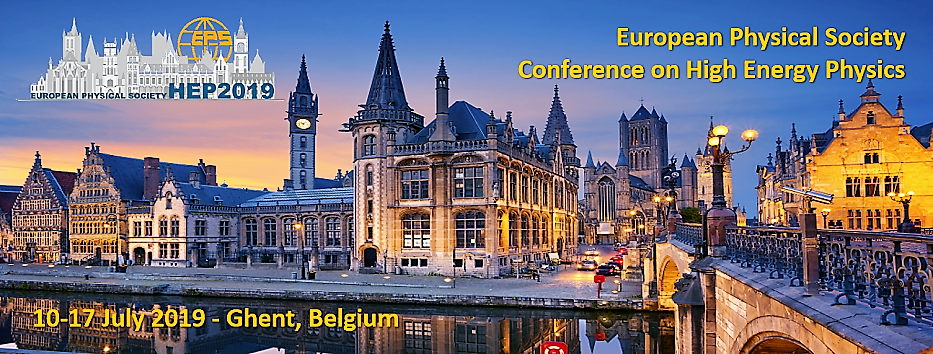Speaker
Description
The hypertriton lifetime presents one of the key open questions of hypernuclear physics. The separation energy of the $\Lambda$ inside the hypertriton is only 130 keV and it implies a small change of the $\Lambda$ wave function inside the nucleus and hence the lifetime of the hypertriton is expected to be close to that of the free $\Lambda$ hyperon.
The average value of the results obtained with different experimental technique and available up to a couple of years ago, was much lower than the theoretical prediction and this disagreement is referred to as the hypertriton lifetime puzzle.
The measurement of the hyper-triton lifetime performed with the ALICE detector at the LHC will help to address such a question.
The dataset collected with Pb-Pb collisions during the LHC Run 2 at $\sqrt{s_{\textrm{NN}}}$= 5.02 TeV allows one to systematically study the production of light (anti-)hypernuclei in heavy-ion collisions. In particular, owing to the large statistics available with respect to the dataset collected at lower energy ($\sqrt{s_{\textrm{NN}}}$= 2.76 TeV), the hypertriton lifetime can be determined with higher accuracy.
The analysis has been carried out by exploiting the excellent particle identification performance by measuring the energy loss in
the Time Projection Chamber. In addition, the Inner Tracking System is used to discriminate secondary vertices, originating from weak decays, from
the primary vertex. This is of particular importance for the measurement of (anti-)hypertriton, which decays weakly with a decay length of several
centimetres.
The study of (anti-)hypertriton production in Pb-Pb collisions at both energies available at the LHC will be discussed and compared
to model predictions and to the experimental results obtained at lower energies. Special emphasis will be put on the latest measurement of the hypertriton lifetime via its 2-body decay channel. This result is in agreement with the free $\Lambda$ lifetime as supported by most of the theoretical calculations which predict similar lifetimes.
A detailed discussion of the experimental results and the effort needed on both the experimental and the theoretical side in this sector will be presented with an overview of the performance achievable with ALICE during Run 3 and Run 4 of the LHC.




